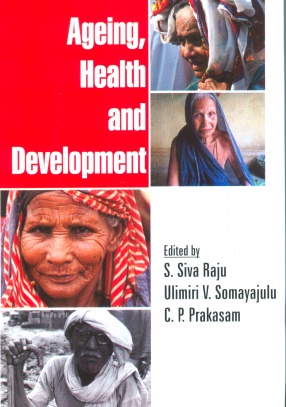Global environmental changes are occurring in ways fundamentally different than at any other time in our history. Experts say that virtually all of the earth’s ecosystems have been significantly transformed through human actions, and that 60 percent of them have already been degraded. Population growth, movement, density and resource consumption are considered to be the main driver and multiplier of many environmental problems not only in India but all over the world. The industrial systems have encouraged the centralization of populations in urban areas, leading to the growth of mega cities and relative neglect of rural habitats. These cities have, in turn, emerged as the main centres of environmental pollution with high density of vehicular traffic, industrial activity and growth of slum population. Health is another important area of mediation in the interface between population and environment. Recognizing the need to examine the linkage between population and environment, the population-environment centre of the international institute for population sciences, Mumbai organized a national seminar on "Population and environment nexus" in October 2005 to which this book owes its origin. The questions raised in the seminar and their responses have been weaved into a four-part discussion: (i) Population and environment linkages, (ii) Food, water and sanitation, (iii) urban environment and disaster, and (iv) household environment and health. In fact, population and environment linkages are complex and multifaceted, and no single book can do justice to this burning issue of our times. But, still, it is hoped that this volume would lead to a deeper understanding of the interface between population and environment.
Social Inclusion and Women Health: Perspectives and Issues (In 2 Volumes)
This book is an outcome of ...
$124.20
$138.00











There are no reviews yet.